Last week, we celebrated Space Week! Second class learned about constellations.
We made some well known constellations using mini marshmallows and cocktail sticks. We hope you like them.
Last week, we celebrated Space Week! Second class learned about constellations.
We made some well known constellations using mini marshmallows and cocktail sticks. We hope you like them.
We learned lots of new things during Space Week this week. We loved reading Chris Hadfield’s book ‘The Darkest Dark’ about his dreams to be an astronaut. We also watched the 1969 moon landing which we couldn’t quite believe. We even learned about Neil Armstrong and did some art work of him. 🚀👨🏻🚀🌙

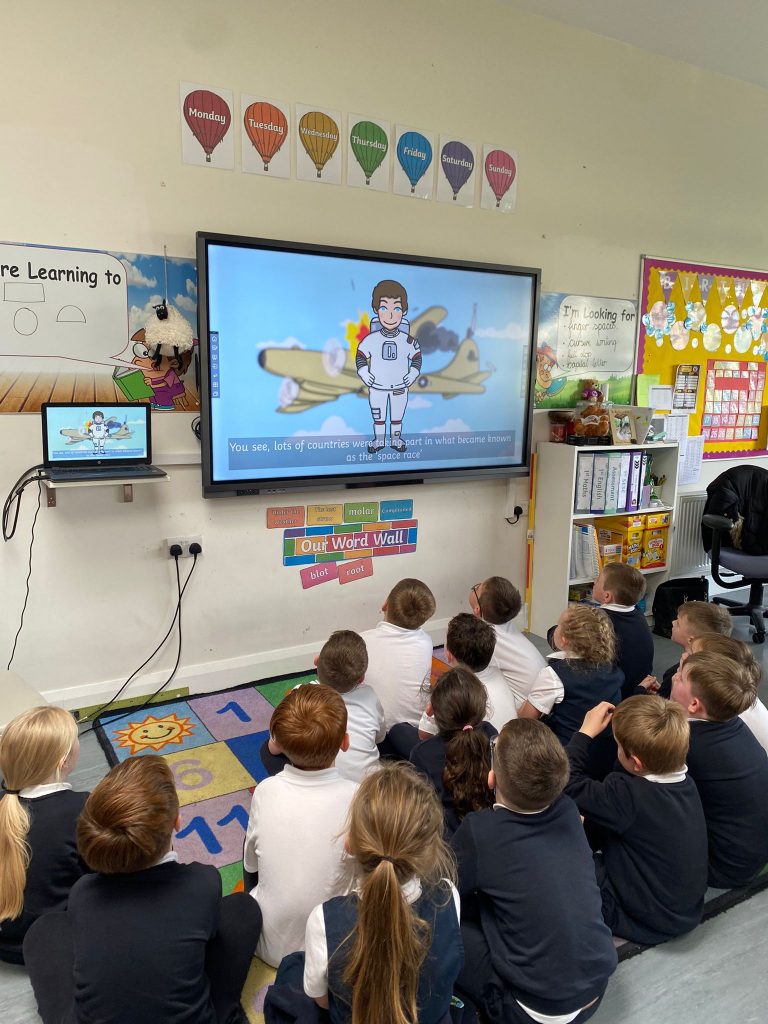
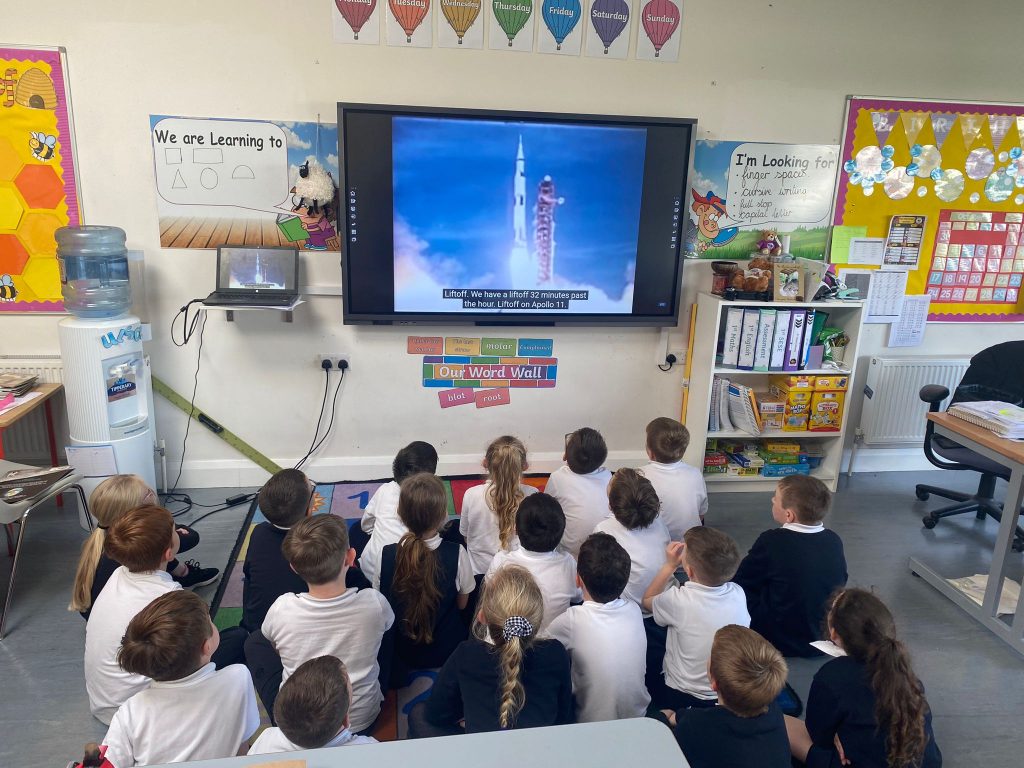
Fáilte ar ais chuig Frása na Seachtaine!
Tá sár – iarracht á dhéanamh ag gach duine agus leanann ár gcuid Gaeilge ag feabhsú.
Anois, is é frása na seachtaine seo:
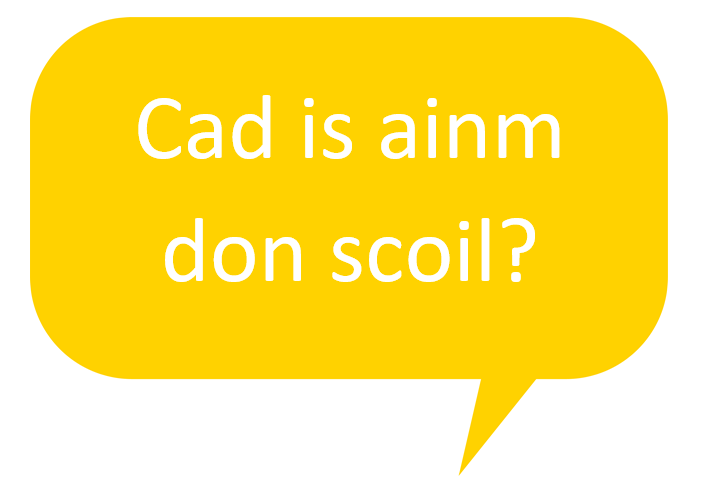
Is é an freagra…

Scoil Naomh Peadar is ainm don scoil.
Please click on the link and answer our Pupil Voice survey, thank you!
Maith sibh gach duine atá ag iarraidh Gaeilge a labhairt gach lá! Tá sé chomh deas go leor Gaeilge a chloisteáil á labhairt ar scoil agus sa chlós.
Tá go leor pointí á fháil ag na ranganna go léir, comhghairdeas!
Anois, is é frása na seachtaine seo:
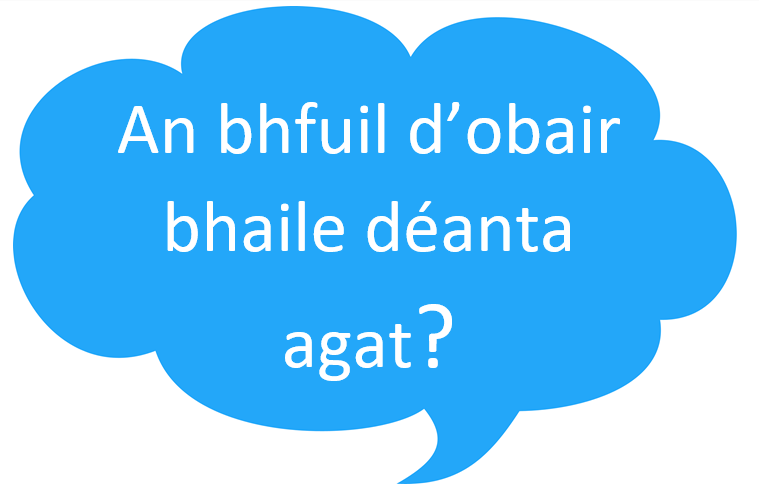
Is féidir an freagra a bheith …
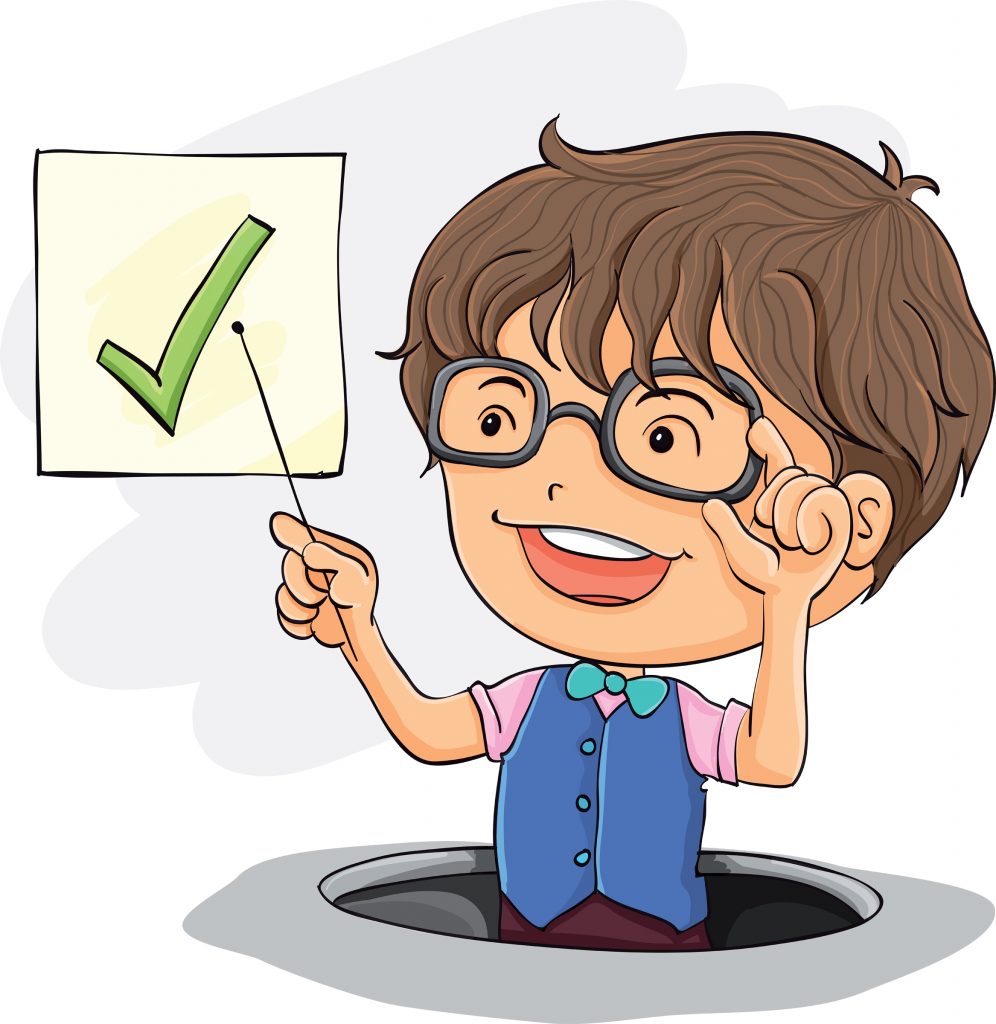
Tá m’obair bhaile déanta agam!

Níl m’obair bhaile déanta agam.
Rinne mé dearmad air, d’fhág mé sa bhaile é!
Fáilte arís go dtí ‘Frása na Seachtaine’ againn!
Maith sibh gach duine atá ag iarraidh Gaeilge a labhairt gach lá! Tá sé chomh deas go leor Gaeilge a chloisteáil á labhairt ar scoil agus sa chlós.
Anois, is é frása na seachtaine seo:
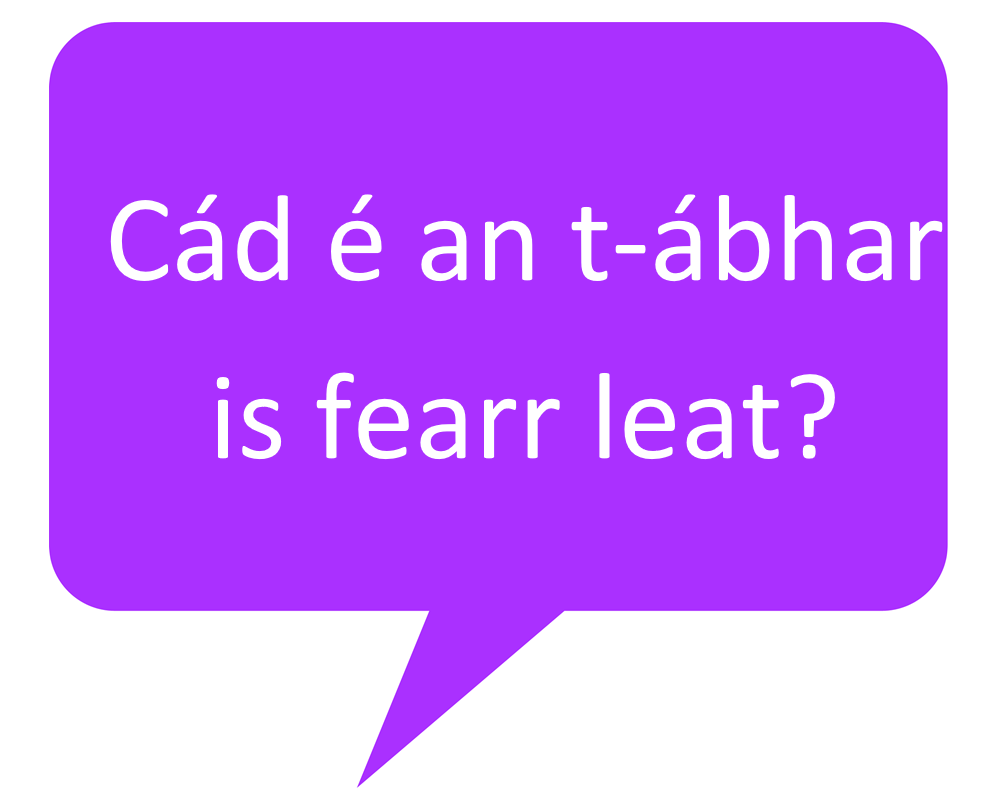
Tá go leor roghanna éagsúla ann le haghaidh do fhreagra!
Is fearr liom…

Is fearr liom corpoideachas!
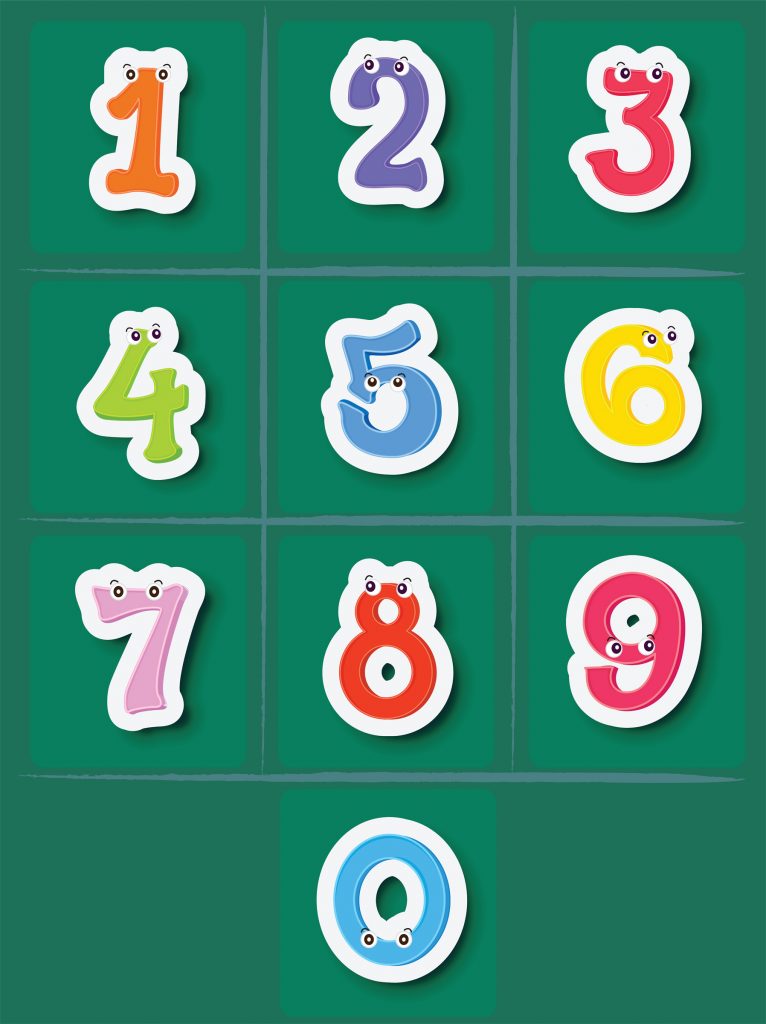
Is fearr liom mata!
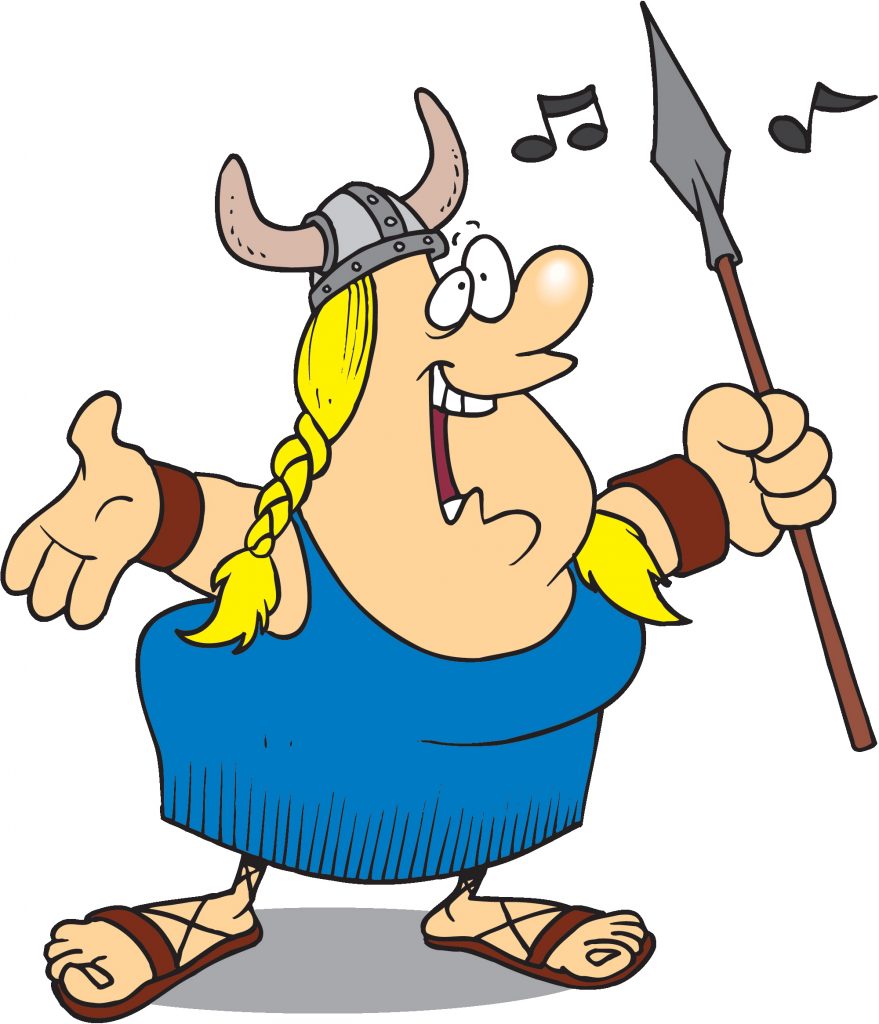
Is fearr liom stair!

Is fearr liom ceol!
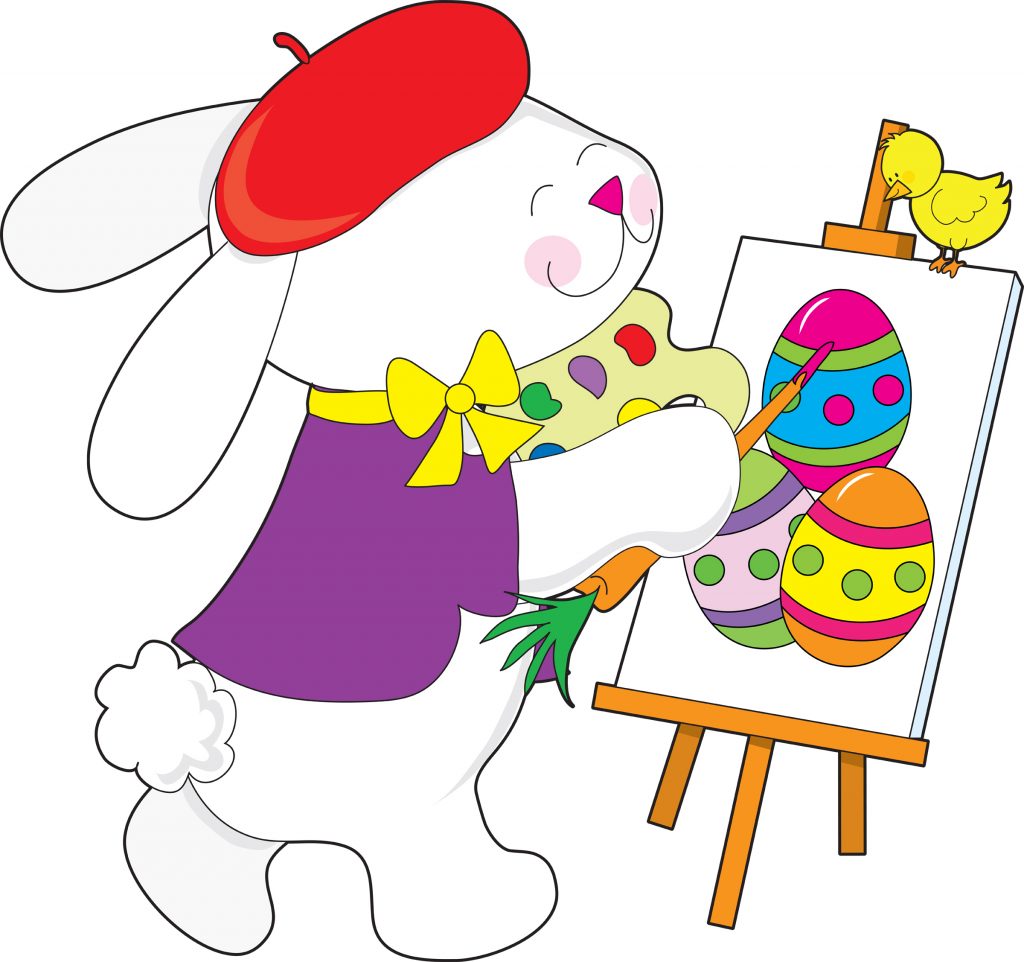
Is fearr liom ealaín!
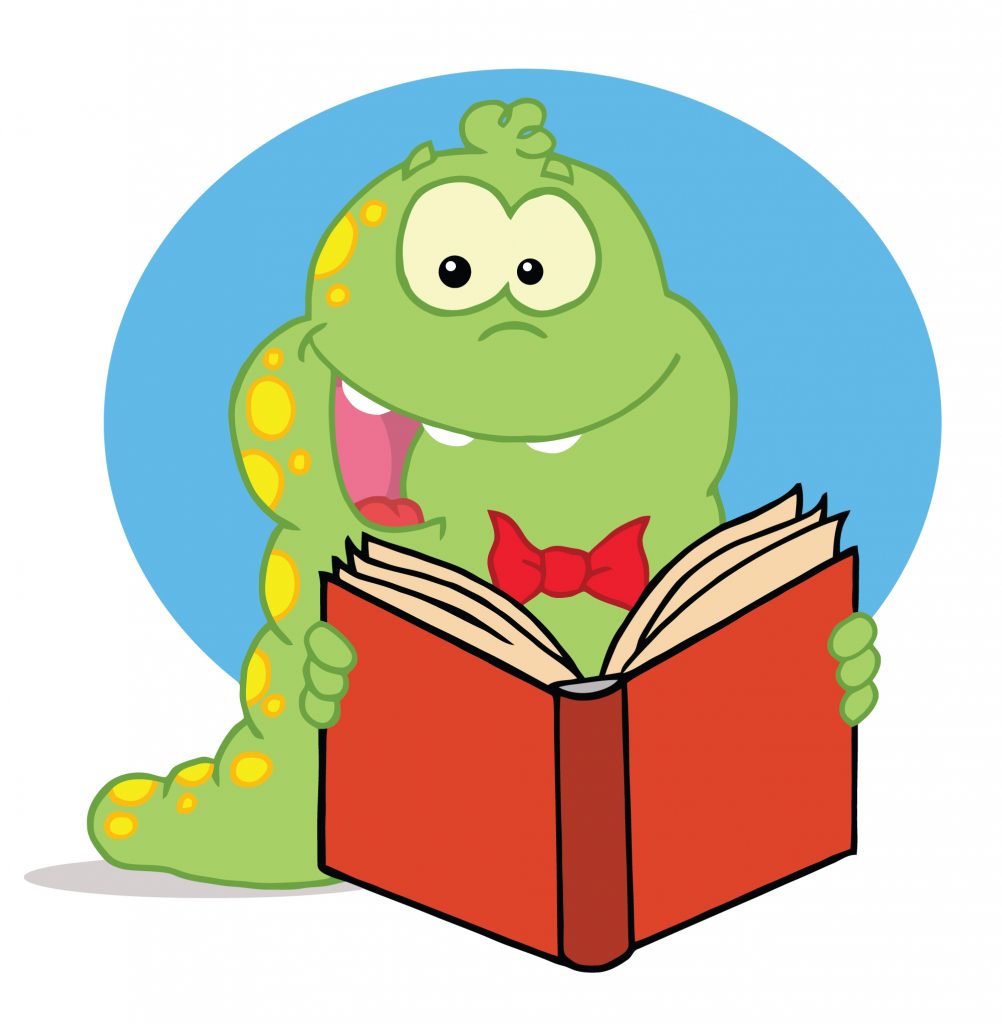
Is fearr liom bearla!
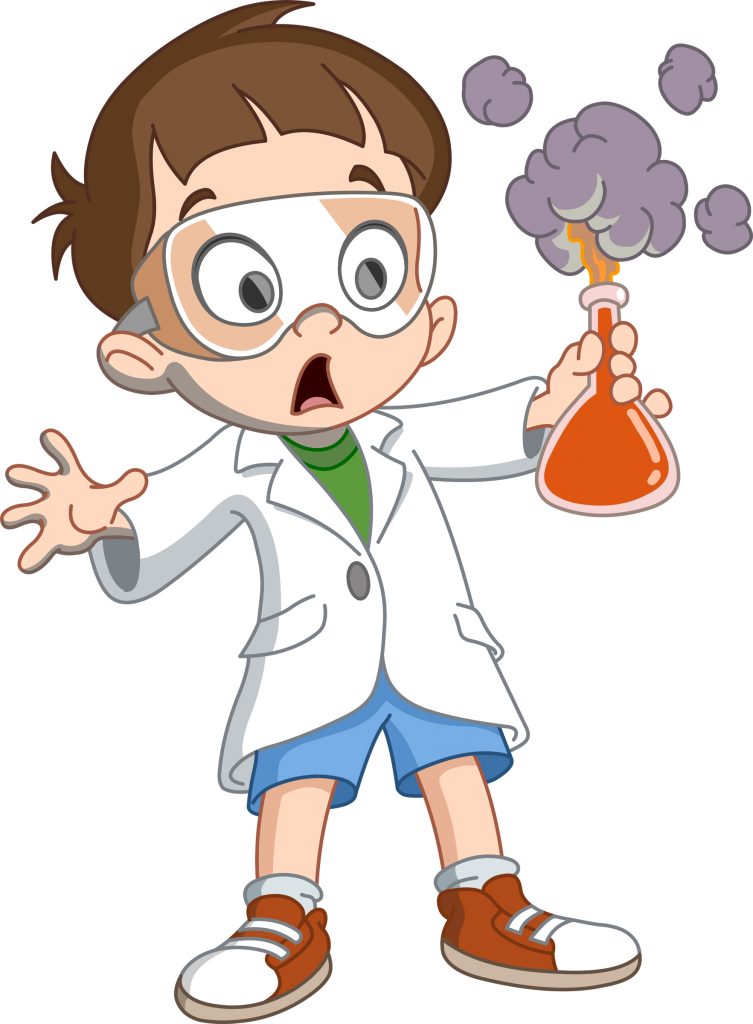
Is fearr liom eolaíocht!
Fáilte arís go dtí ‘Frása na Seachtaine’ againn!
Anois, is é frása na seachtaine seo:

Roghnaigh an freagra ceart anseo:
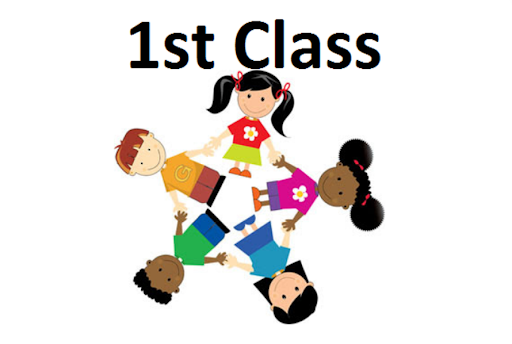
Táim i rang a haon!
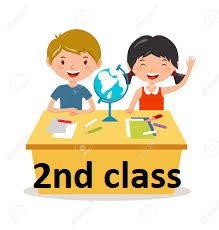
Táim i rang a dó!
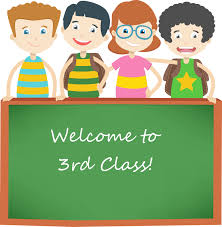
Táim i rang a trí!
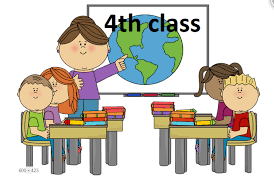
Táim i rang a ceathair!
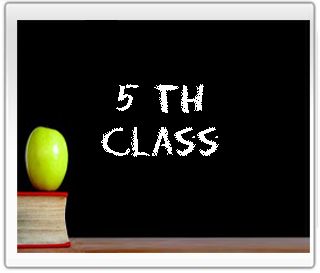
Táim i rang a cúig!
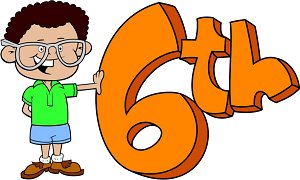
Táim i rang a sé!
Fáilte arís go dtí ‘Frása na Seachtaine’ againn!
Maith sibh gach duine ar thús iontach! Go leor Gaeilge iontach le cloisteáil timpeall na scoile.
Anois, is é frása na seachtaine seo:
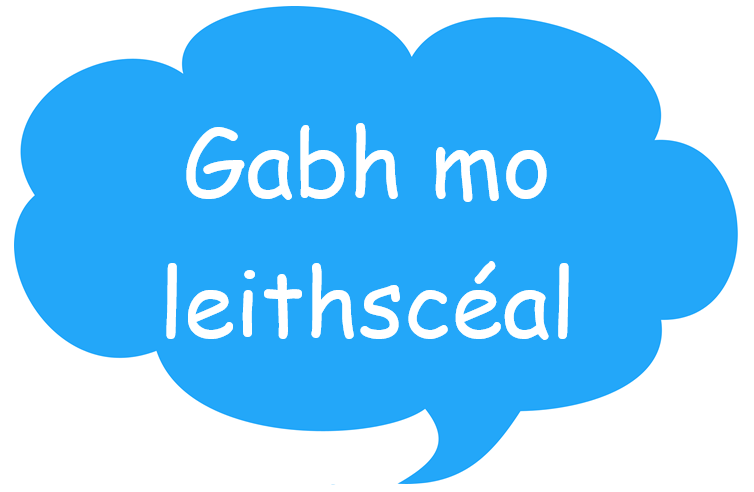
Is frása an – úsáideach é seo.
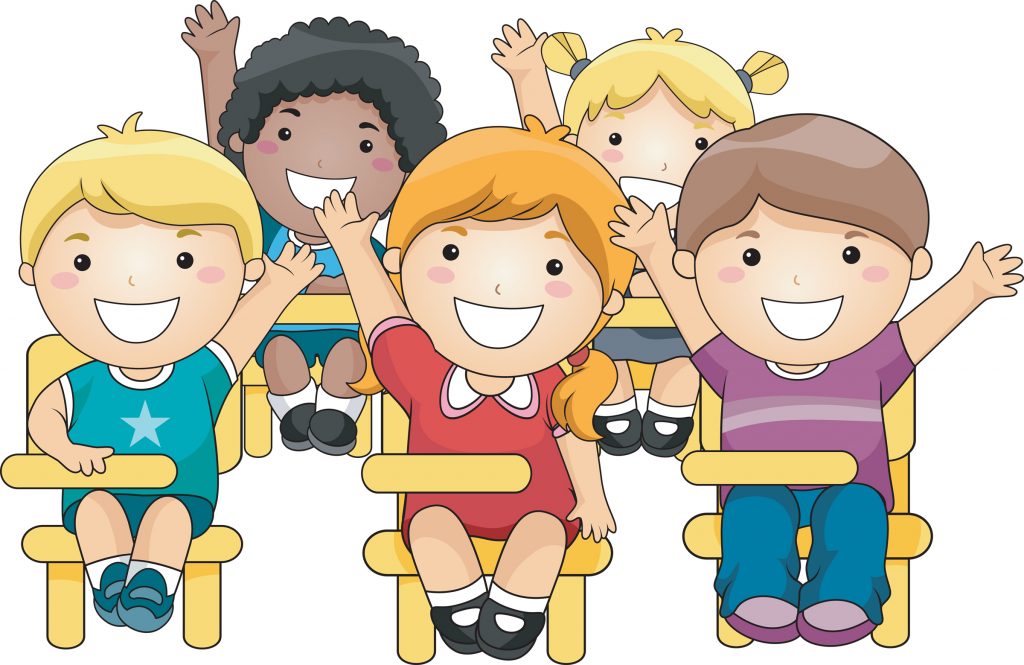
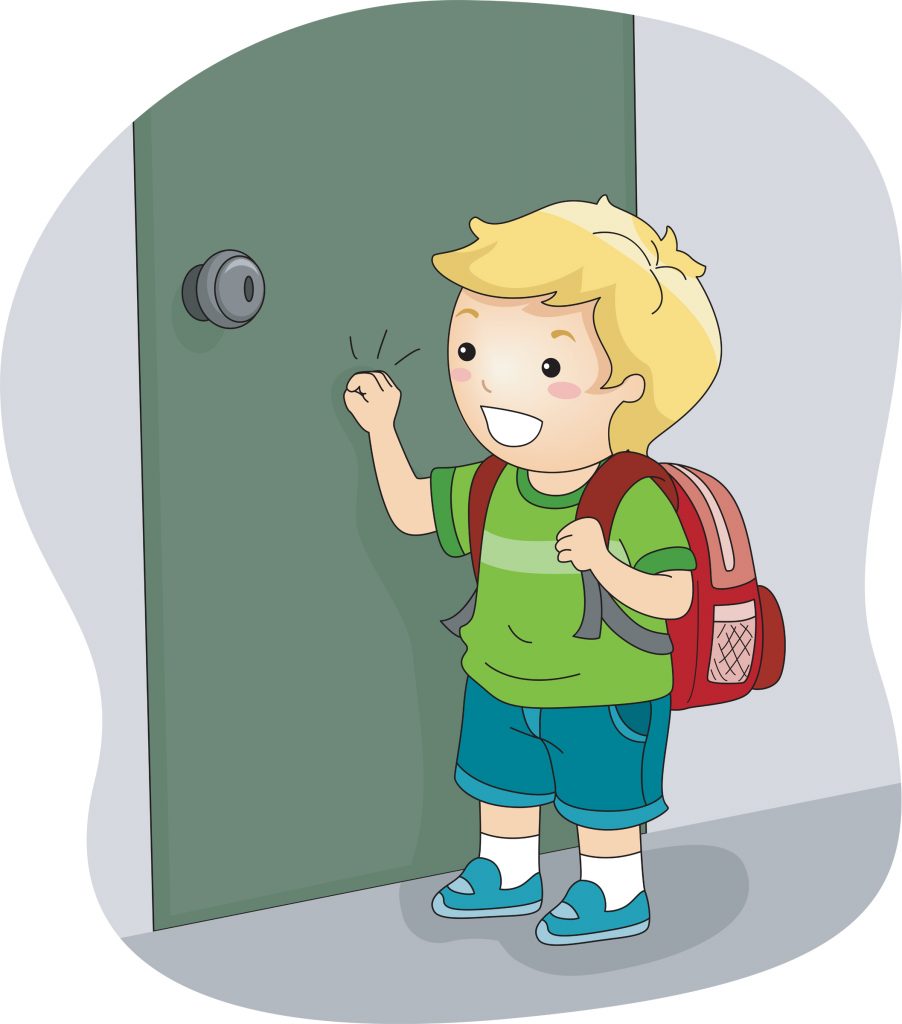
Ádh mór ort ag cleachtadh do chuid Gaeilge! Ní féidir linn fanacht le go leor Gaeilge a chloisteáil ar scoil!
Fáilte go dtí ‘Frása na Seachtaine’ againn!
Táimid chun iarracht speisialta a dhéanamh Gaeilge a labhairt le chéile ar scoil agus iarracht a dhéanamh gach frása a úsáid sa bhaile.
Is é frása na seachtaine seo:
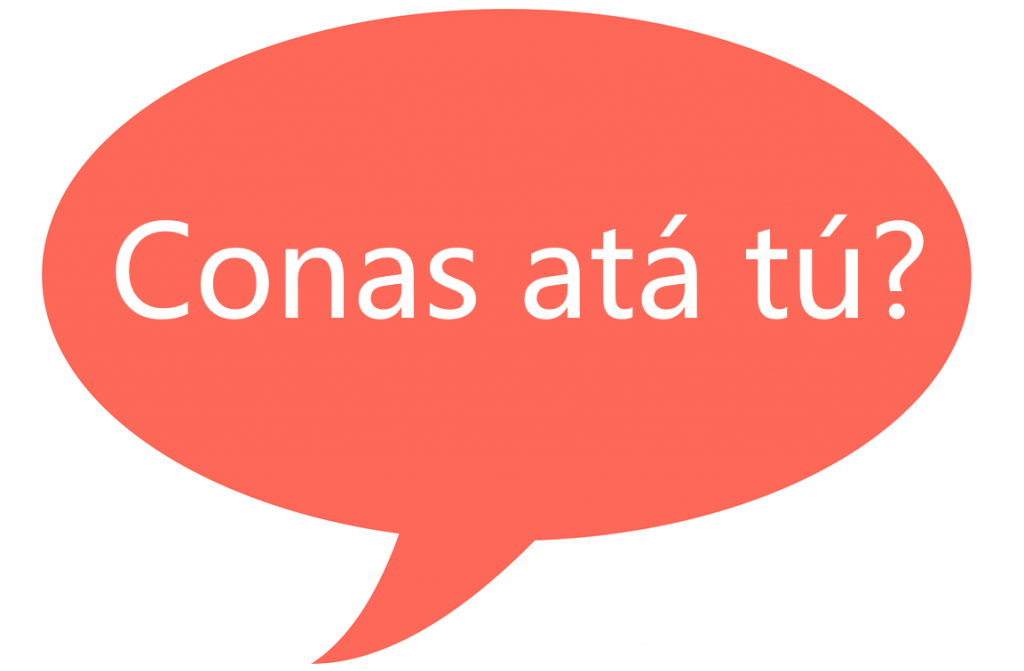
Is feidir leat an cheist seo a fhreagairt ar bhealaí éagsúla:
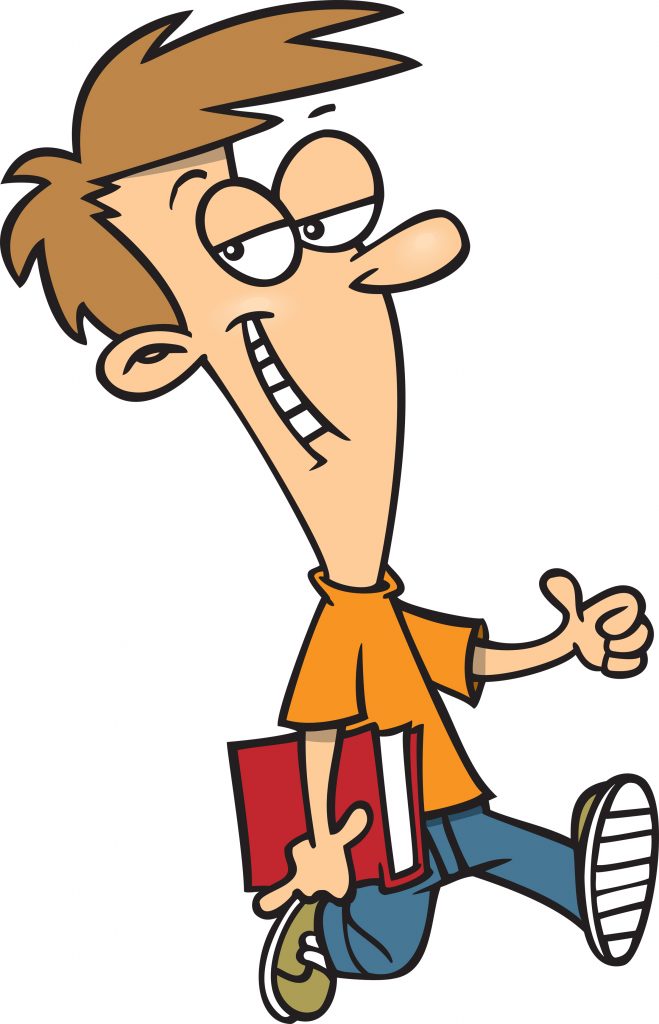
Tá mé go maith, go raibh maith agat!
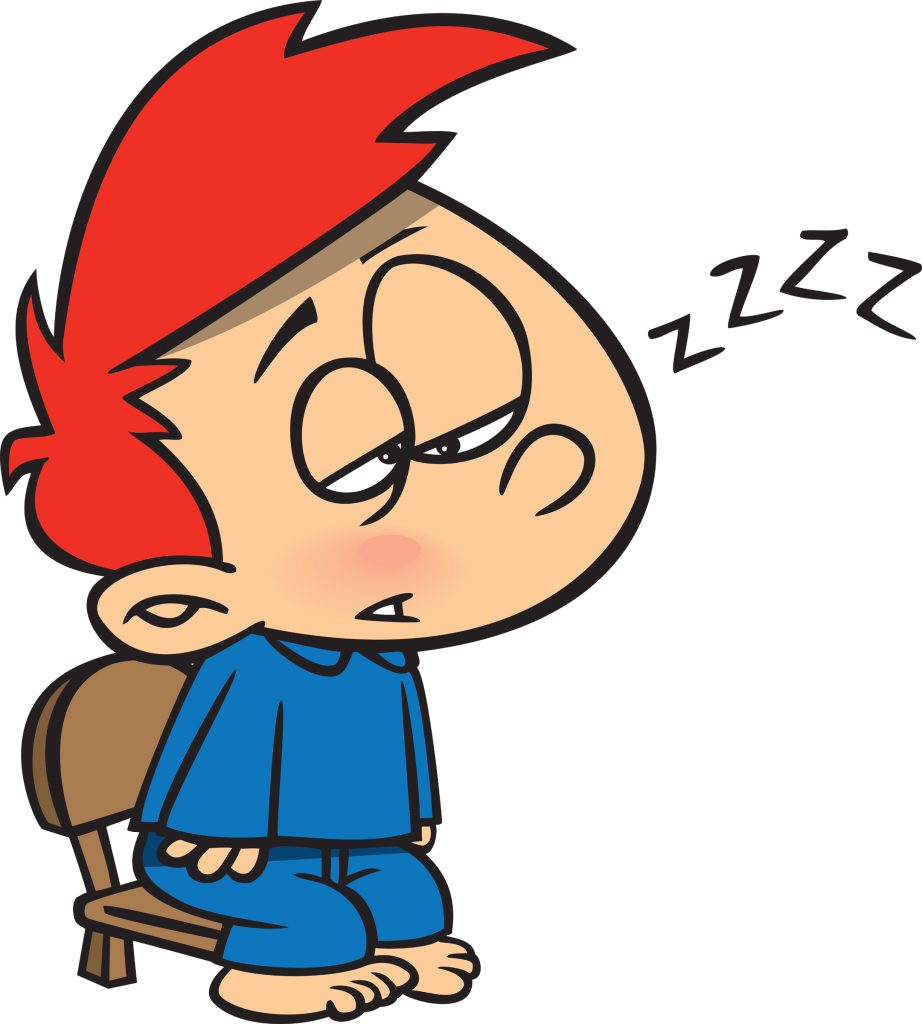
Tá tuirse orm!
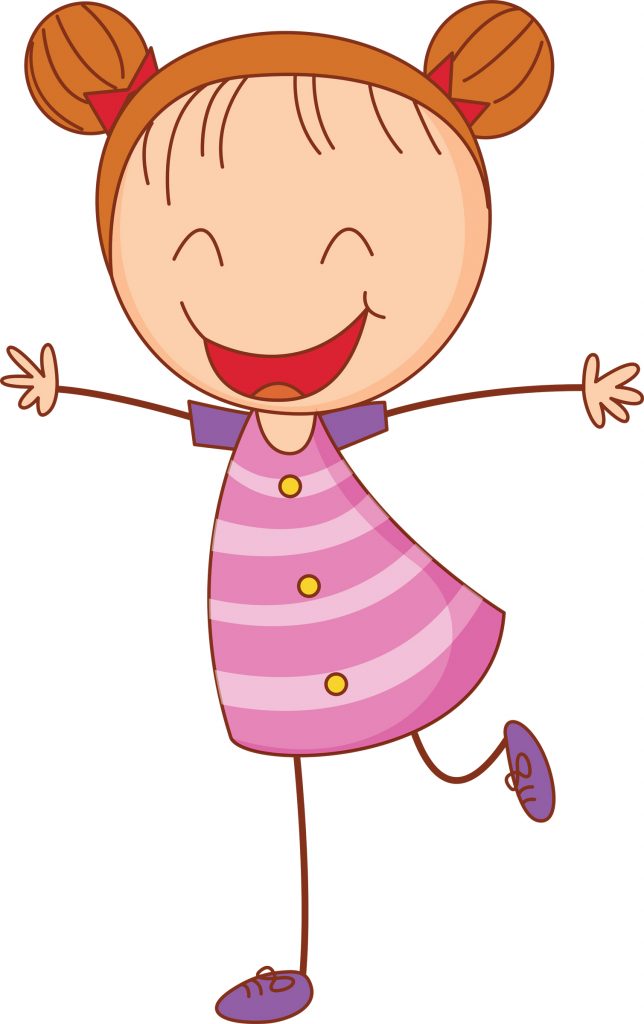
Tá áthas orm!
Ádh mór ort ag cleachtadh do chuid Gaeilge! Ní féidir linn fanacht le go leor Gaeilge a chloisteáil ar scoil!